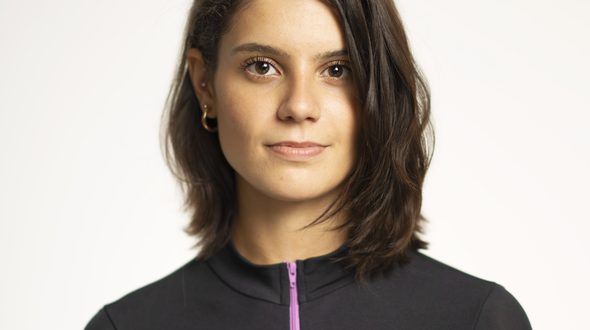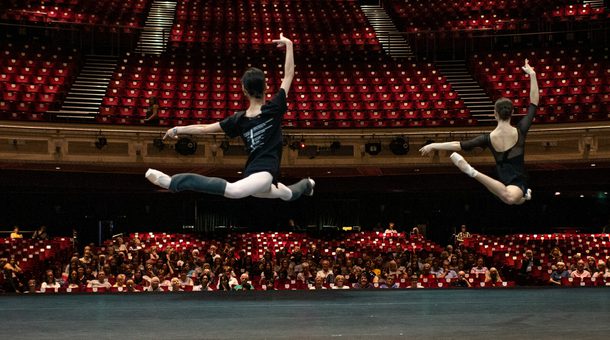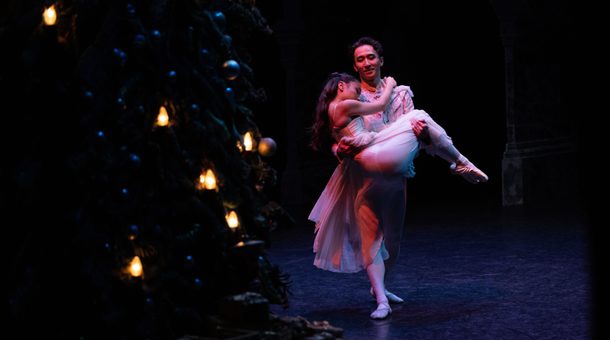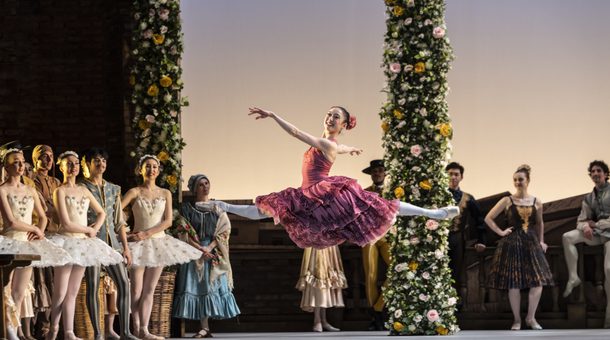News Story
With our vibrant Spanish ballet returning in February, we sat down with our very own Spanish star of the company – Soloist Sofia Liñares. Here, Sofia talks to us about the significance of Don Quixote in Spanish culture and Carlos Acosta's interpretation of the ballet.
Sofia has risen to the rank of Soloist in just four years, having performed principal roles in major productions such as Aurora in The Sleeping Beauty, the Sugar Plum Fairy in The Nutcracker, the title role in Cinderella and Lise in La Fille mal gardée.
Cervantes is widely regarded as the greatest writer in the Spanish language and one of the world's pre-eminent novelists. Are his stories, particularly Don Quixote, as well known to you as say Shakespeare’s might be to someone growing up in the UK?
Yes, growing up in Spain everyone knows of Cervantes’ Don Quixote. To a Spanish citizen, you can compare the story to that of Shakespeare’s Romeo and Juliet or A Midsummer Night’s Dream for someone living in the UK. We all grow up hearing the story, from adaptations made for children to university-level study of the text. In secondary school, you would study Don Quixote and Cervantes’ work much like you would a Shakespeare text for GCSEs. Personally I never got the chance to study it as I moved to the UK to train at The Royal Ballet School at age 14, but all my friends back home as well as my family had to read and study it during their school years. Don Quixote is Cervantes' most well-known text, and his work is written in old Castilian Spanish – much like Shakespeare’s work is written in old English. In addition, the book itself is massive. The long text combined with the old language makes it a very challenging read.
As a Spaniard, what do you think about the ballet Don Quixote? Do you think it captures the essence of traditional Spanish culture?
I personally love Don Quixote and am so excited for it to come back this season. I really do think it represents Spanish culture with its bright, happy and joyous qualities. The energy of the ballet makes me think of being back at home in the sunshine, with the sea around me and glasses of sangria being poured. When people think of Spain these are the things they imagine and this production really brings the atmosphere to life. There is no beach in Don Quixote, but you couldn’t feel more immersed in summer with it. It is so upbeat, out-there and full of energy, which is exactly what a representation of Spanish culture requires.
Image gallery
A gallery slider
A gallery carousel of 6 items
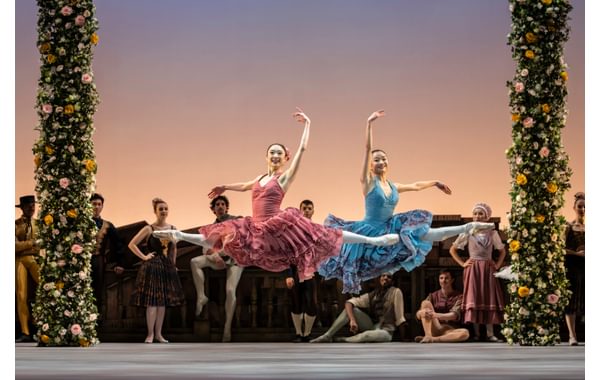
Don Quixote
© 2022 Credit : Johan Persson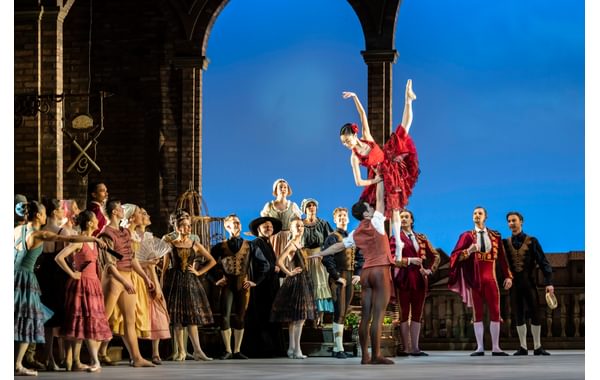
Don Quixote
© 2022 Credit : Johan Persson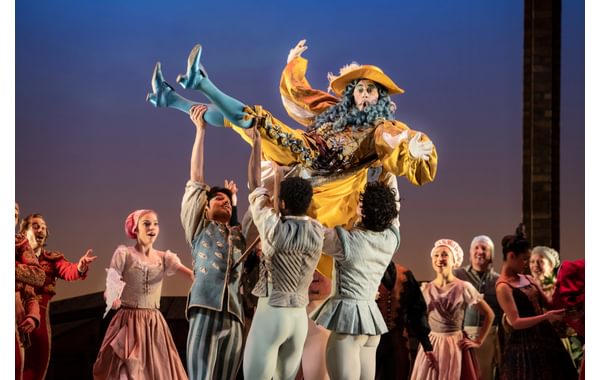
Don Quixote
© 2022 Credit : Johan Persson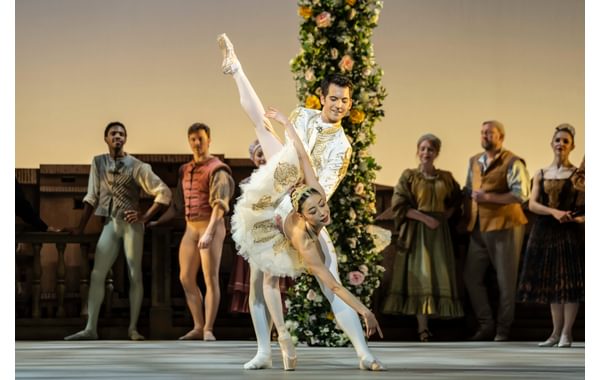
Don Quixote
© 2022 Credit : Johan Persson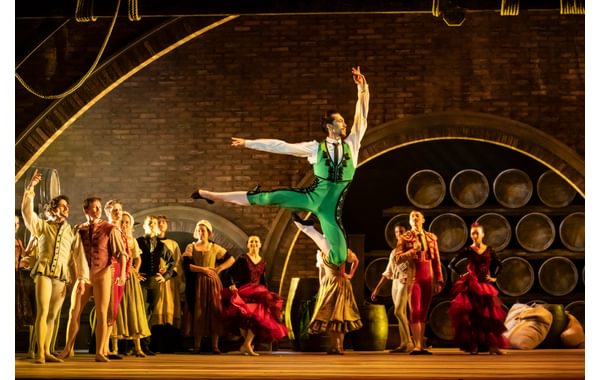
Don Quixote
© 2022 Credit : Johan Persson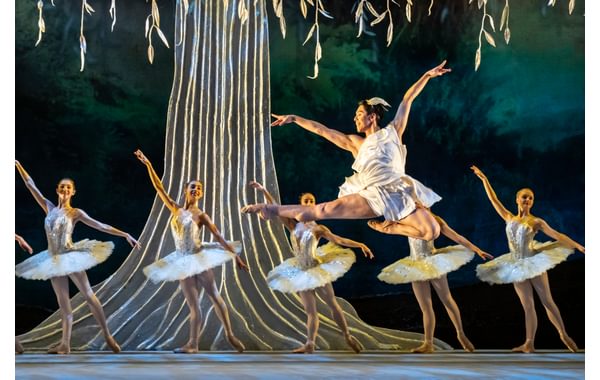
Don Quixote
© 2022 Credit : Johan PerssonWhat role(s) did you dance in BRB’s last run of Don Quixote in 2022? Which one did you enjoy the most and which role do you aspire to perform in the future?
In 2022 I performed many parts, including the Seguidilla, Kitri’s Friends, Mercedes, Dryads, Gypsies, and the lead in the Gypsy Dance and the Fandango. I performed most female roles apart from Kitri! I remember dancing in the Fandango with Alexander Yap – we were having so much fun and really going for it – and in the end we got mentioned in a review saying we had a really passionate connection! The role I enjoyed most was probably the lead Gypsy - in this role you can really let loose and have much fun. I also really enjoyed performing Mercedes and Kitri’s Friends. One day I would love to perform Kitri.
Do you have a favourite scene in the ballet?
To be honest, I’d just say I love the whole of Act I, because all of the scenes are so much fun to perform and you never stop giving energy. It’s long, colourful, and there’s so much acting involved. There’s plenty of room to enjoy yourself!
Back in Spain, did you learn Flamenco and traditional Spanish styles of dance when growing up?
I learnt a little bit of Spanish dance in Spain when I was around eight, nine or ten years old. After that we were actually taught it as part of our curriculum at White Lodge [The Royal Ballet Lower School], which gave me a little bit of home after moving away.
What do you think makes Carlos Acosta’s version of Don Quixote special?
Carlos really understands what is required to represent Spanish culture and style – from the scenery to the mannerisms and fiery, passionate nature of the Spanish people. His version has also really stemmed from great love and passion. You can see how much he loves this ballet when he works on it with us in the studio during rehearsals, and that passion translates on stage in his choreography.
If you could only pick one thing, what would you tell audiences to look out for?
The Gypsy scene, when the dancers are around the campfire. It’s a very cheeky, saucy scene, and there is talking too. I had lots of fun teaching the dancers different Spanish words and things to say, so if you listen carefully you can hear words and phrases we would actually say back in Spain!
Don Quixote is a ballet full of energy, joy and extravagance. Brighten your winter with this lively Spanish production when it opens in February at Birmingham Hippodrome before heading off on tour around the country.


